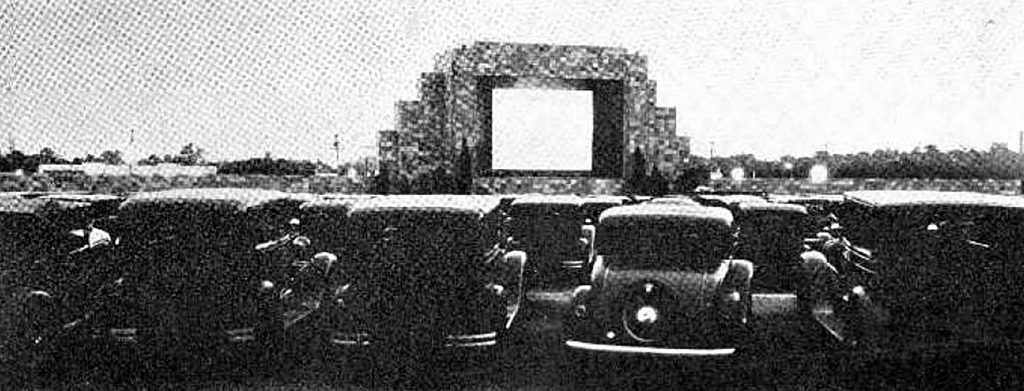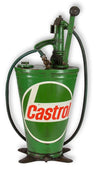In the early 1930s, one Richard Hollingshead supposedly came to know a familiar complaint from his plump mother, “Movie theater seats are too small for my frame,” she’d exclaim, probably. To provide his mother with a more enjoyable movie going experience, something that was still relatively new at the time, and to save her from the embarrassment surely associated with breaking chairs, Richard built an at home theater just for her.
Ever the good son, Richard nailed bed sheets between two trees on their family property in Camden, New Jersey. He then aimed a Kodak movie projector at it. He changed the world when he parked the family car in front of it so his mother could watch the show through the windshield from the comfort of the large front bench seat. As soon as Richard flipped on the projector he effectively invented the drive-in movie theater.

Inventing the drive-in theater
Richard and his mother thoroughly enjoyed their outdoor film experience. As a quality American, Richard set out to patent his idea, which he would receive on May 16, 1933. The following month he opened a 400 acre drive-in movie theater in Camden. It featured a 40 foot by 50 foot screen and six foot speakers. Curious motorists, of all size and stature, were thrilled enough to pay a rather hefty $0.25 per automobile plus a quarter per person inside. Richard was kind enough to make $1 the maximum rate.

The inventor sold the original theater in 1935 and used the capital to open a second one drive-in. He eventually licensed to Loews Drive-In Theaters, providing Hollingshead with a decent income for some time. Unfortunately, in 1950, when the soon-to-be American love affair with the drive-in theater began taking off, courts ruled Hollingshead’s patent invalid. It was on this day in 1975 that the director yelled cut on Richard’s life, at the age of 75







